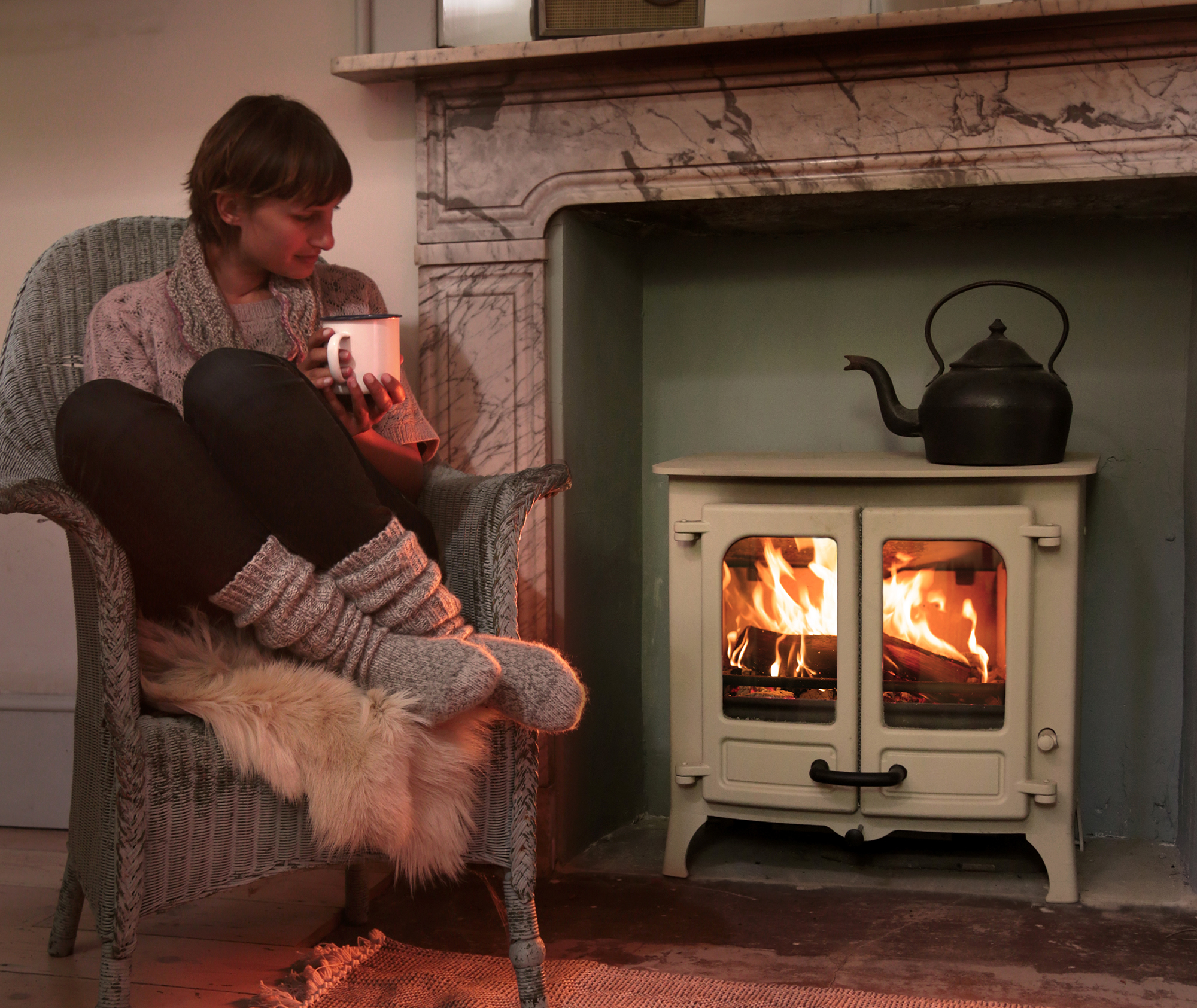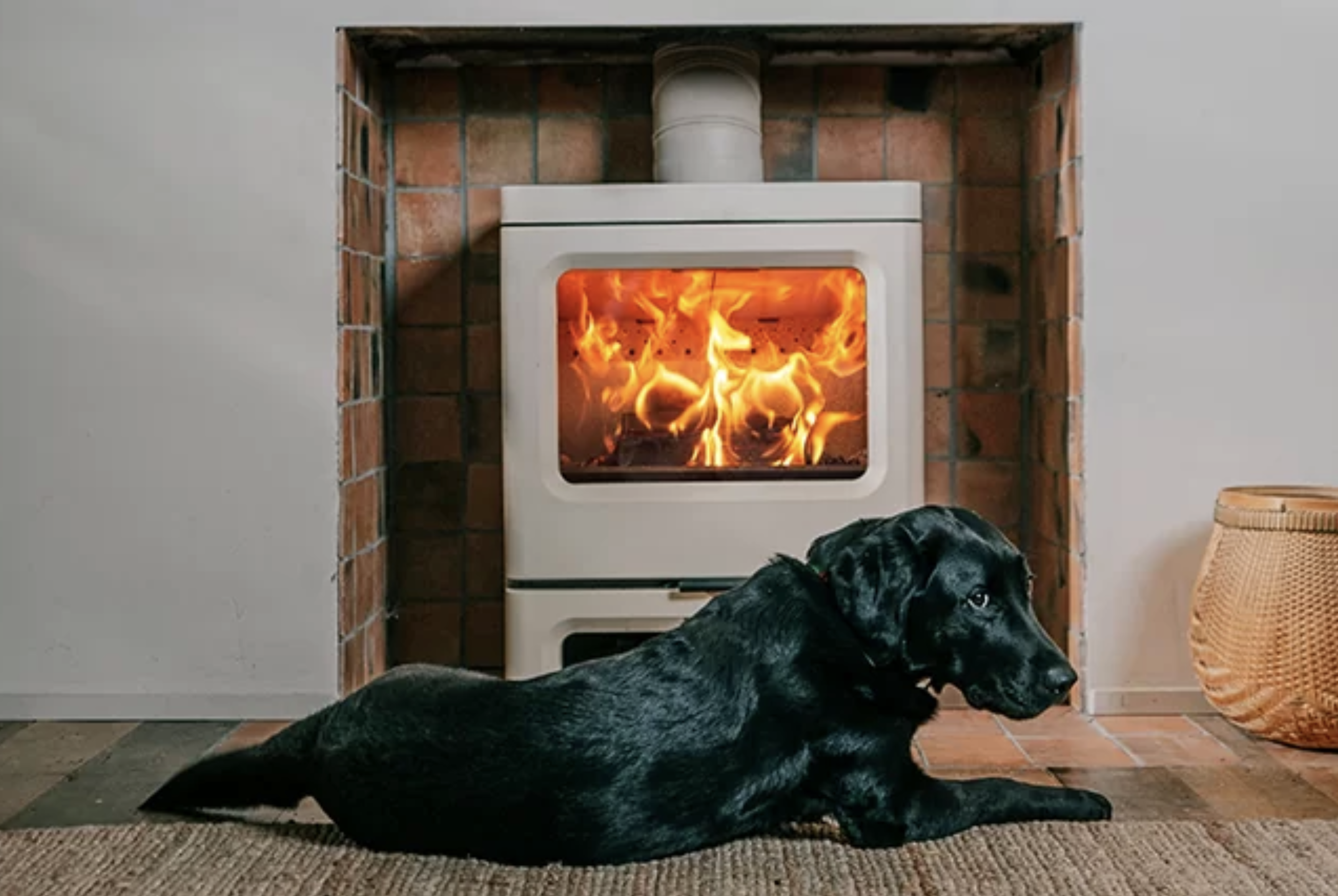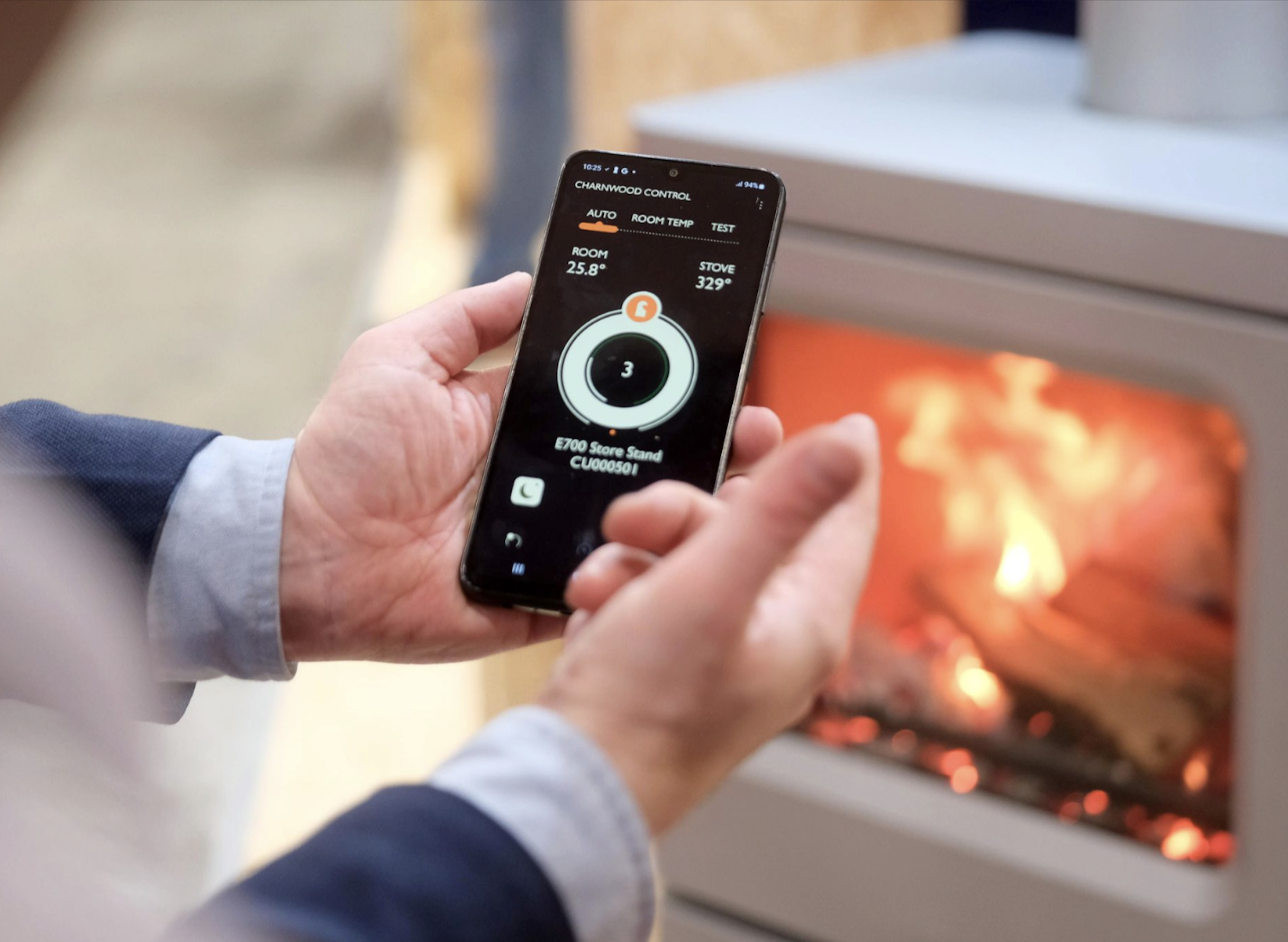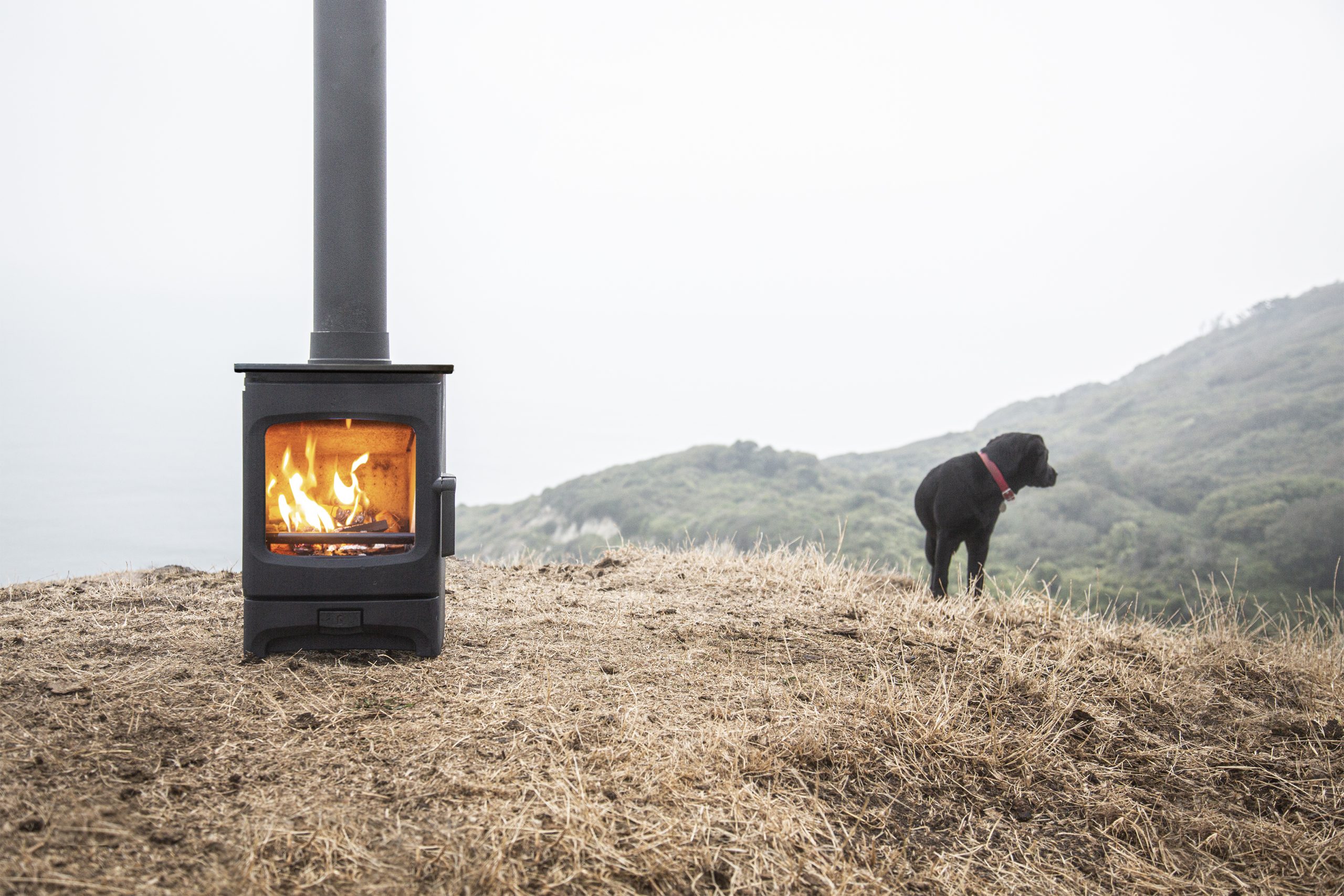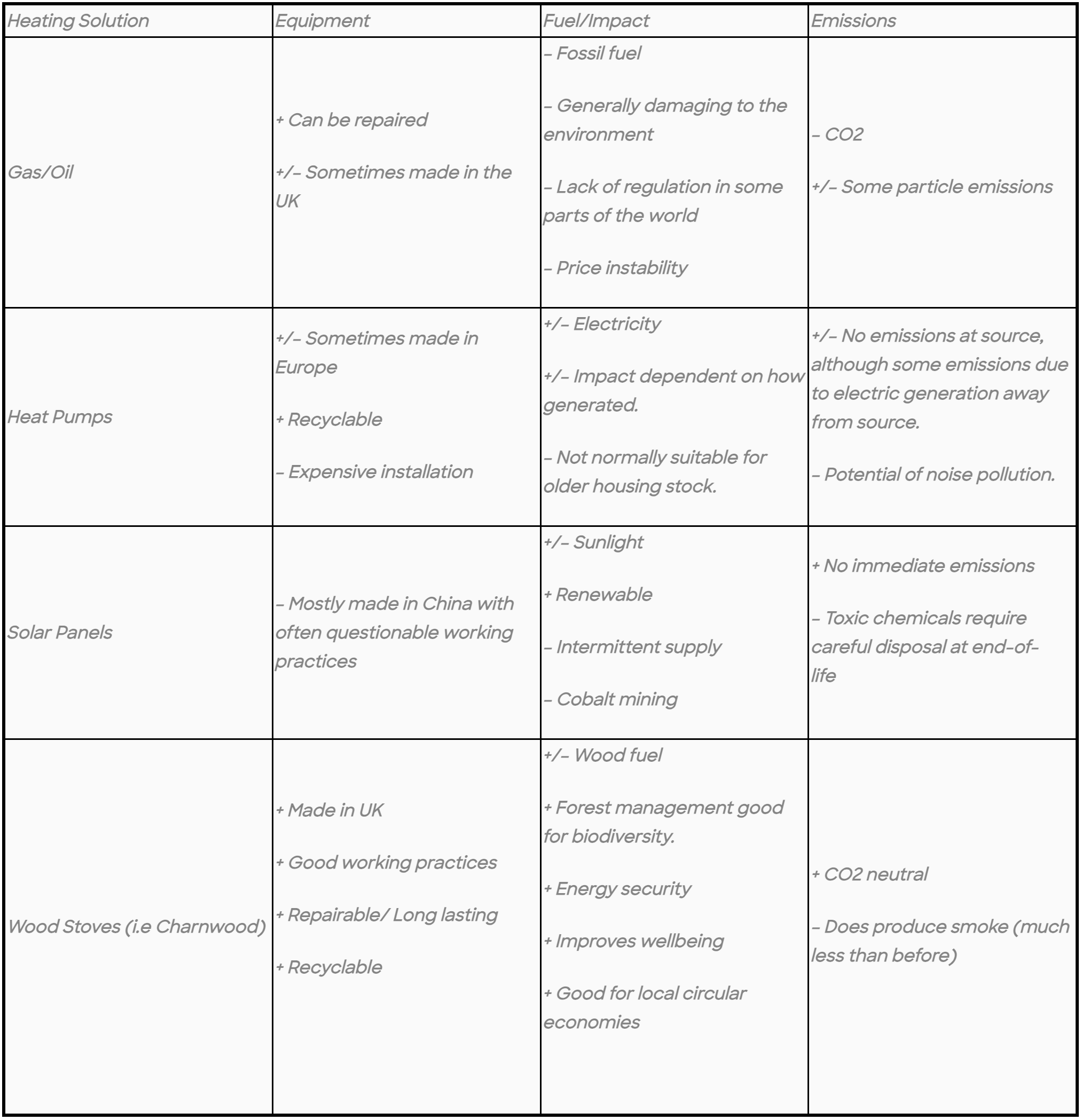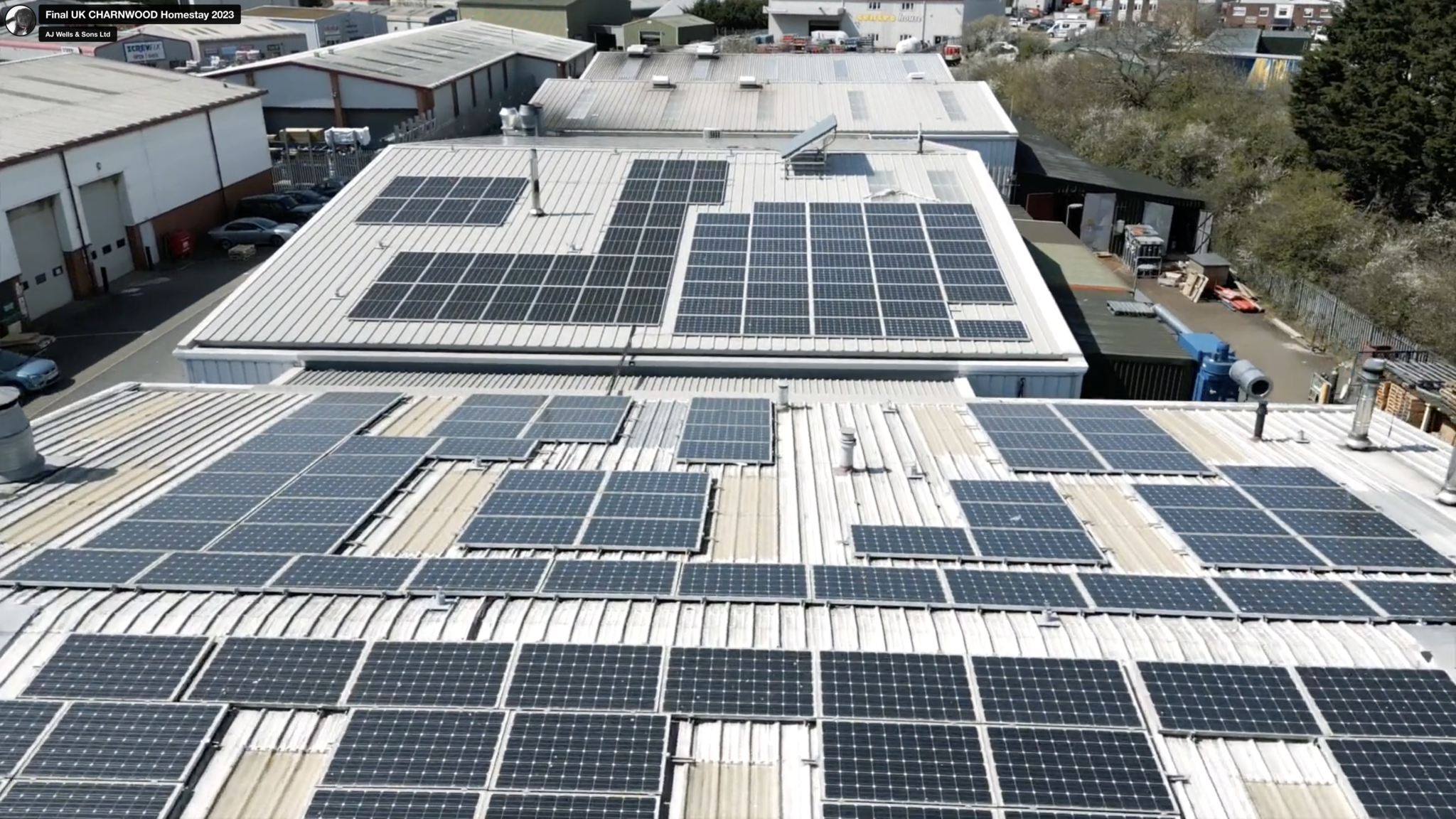With recent proposals from anti-wood-burning lobbyists seeking to phase out wood-burning stoves by 2030, it’s critical to examine why such a move would be a profound act of self-sabotage for the nation. Modern wood-burning stoves are far more than a nostalgic nod to tradition—they are an essential, balanced solution that supports energy security, sustainability, and resilience in an increasingly uncertain world.
Acceptable air quality: A balanced perspective
We must recognise that a certain level of particulate matter, including PM2.5, in the air is both inevitable and compatible with human flourishing. Zero emissions is not realistically achievable; they are a natural by-product of human progress, innovation, and the resilience needed to adapt to an ever-changing world. All energy sources have their challenges somewhere along the line—whether it’s fossil fuels, renewables, or biomass. While we can and should optimise systems to reduce their impact, no single solution can eliminate all problems.
Current UK PM2.5 levels are well within acceptable limits across the vast majority of the country. In fact the latest data shows that PM2.5 emissions for domestic combustion have fallen by 7% compared to the 2022 figures (1). However, it is true that there are isolated areas where poor practices—such as open fires, old stoves, wet wood, and bonfires—contribute disproportionately to localised pollution. These are the areas that demand targeted change, not blanket bans on all forms of wood-burning. Modern wood stoves, designed to Ecodesign standards, are a sensible part of the solution, significantly reducing emissions and improving air quality, while also adding energy security.
A blanket ban to drive emissions below already acceptable levels risks compromising one of our most valuable and dependable heating options. By focusing on optimising and encouraging responsible practices, we can balance environmental and health concerns with the practical needs of society, ensuring energy resilience and progress go hand in hand.
Energy insecurity is a real and present threat

The UK faces an alarming vulnerability in energy security. Recent reports from Centrica warned that “plunging temperatures and high demand for gas-fired power stations had reduced UK winter gas storage to concerningly low levels.” With the nation only holding enough gas storage for 7.5 winter days—compared to France’s 103 days and the Netherlands’ 123 days—this shortfall highlights the fragility of our energy supply (2).
With energy prices remaining volatile and power outages an ever-present risk, reliable alternatives are more critical than ever. Modern wood stoves offer households a degree of independence and safety, allowing them to stay warm and even cook if the grid goes down. They can also help stabilise energy demand, reducing pressure on overstretched resources.
Realistic scenarios: The bigger picture
1/ Rising Energy Prices
Banning wood-burning would force households reliant on sustainable wood fuel to shift to mains energy, inevitably increasing demand and driving up costs for everyone. This would disproportionately affect vulnerable households.
2/Extreme Weather
Scientists have warned of imminent potential changes to ocean currents—such as the collapse of the Gulf Stream—that could drop temperatures by up to 10–15°C (3). Heat pumps, already less effective in older homes, would struggle even more in these colder conditions, further straining the grid. Promoting modern stoves (and good practices) now is essential to prevent a panicked return to high-pollution open fires or wet wood in crisis scenarios.
3/Conflict and Global Disruption
Geopolitical tensions can disrupt supply lines for gas, oil, or even electricity and battery supply. Locally sourced firewood offers households a viable backup if other energy sources become unaffordable or scarce.
4/Sustainable Forest Management
Positive wood-burning encourages responsible forestry practices—supporting biodiversity, reducing forest fire risk, and maintaining healthy woodlands. Co-heating solutions, combining wood stoves with renewables, offer a practical, eco-friendly path forward (4).
5/ Sensible Policy
In London, it’s estimated that around 70% of domestic wood-burning still takes place on open fireplaces, which can emit up to 90% more pollutants than modern, high-efficiency stoves (5). Converting those open fires to cleaner-burning models would dramatically cut emissions in the capital, while still preserving a vital, resilient source of heat.
Storm clustering is a growing concern

Increasingly frequent and severe storm clustering events underscore the need for robust, grid-independent heating options. One recent example is Storm Eowyn, the fifth named storm of the season, which made headlines with wind gusts recorded at 114 mph in Ireland and 100 mph in Scotland (6). Alongside other recent storms—Herminia and Ivo—Eowyn caused significant disruption to power grids, public transport, and everyday life.
Storm clustering is not just about a single event; it’s about multiple, potentially overlapping storms hitting in quick succession. These conditions can leave people without power for days, emphasising why a dependable heating source that does not rely solely on electricity is invaluable.
Wood stoves vs battery storage? A false dichotomy
Some anti-wood-burners propose battery storage as the alternative to wood stoves in emergencies. It’s not an either-or scenario; both can be valuable parts of a diversified, resilient energy system. In fact, combining a modern wood stove with battery storage makes sense:
•Wood stoves can cover your emergency heating and cooking needs
•Battery storage can then be reserved for essential electricity usage (e.g., lights, refrigeration, medical equipment) extending battery life.
Practical limitations of battery storage for a balanced perspective
•Reliance on Raw Materials
Large-scale battery production depends on finite mineral resources, often sourced from countries where labour practices may be inhumane. Reports suggest a significant percentage of key battery minerals involve child or forced labour (7).
•Limited Capacity
Especially in winter, when solar generation is low, a typical home battery may only provide electricity for a limited number of hours—insufficient for a prolonged power cut.
•Longevity & Disposal
Batteries degrade over time, raising questions about disposal
•Scaling Issues
Supplying enough batteries for every household in the UK is questionable at best, given raw material constraints, the costs involved and ethical concerns in supply chains.
During Storm Eowyn, high winds brought extensive power outages. Even a robust battery system would have struggled past a few days without sufficient solar recharge or grid backup. In contrast, a wood stove keeps a household warm and can even be used for cooking, allowing limited battery power to last longer for critical electrical needs.
Safety in extreme weather
In the rare event of a once-in-a-generation storm with winds above 100 mph, caution is advised during the peak of the storm—avoid using any open flues or appliances if conditions are this extreme. However, once the peak has subsided, a properly installed modern stove can safely and effectively provide heat, during the subsequent power outage.
•Up to 80 mph: A well-installed stove can typically be used with confidence.
•Above 80 mph: Storms of this magnitude are rare and usually short-lived. In some cases, it may be prudent to wait out the fiercest period before relighting.
•After the Storm: Power lines often remain down for days, as seen in storms such as Arwen (2021) and now Eowyn. Having a wood stove during that prolonged outage can be a genuine lifeline.
The solution: Positive wood-burning

Positive wood-burning represents a practical, balanced approach to energy resilience (8):
1/Move Away from Open Fires
Promote modern, Ecodesign-compliant stoves. This alone could reduce London’s wood-burning emissions by a dramatic margin.
2/Dry, Seasoned Wood
Use sustainably sourced, properly dried wood. Wet wood not only emits more pollutants but is also less efficient.
3/Enforced Standards
Ensure stoves are professionally installed and maintained to meet stringent safety and emissions requirements.
A sustainable future
Modern wood stoves are an indispensable part of a resilient energy system. They offer not only comfort and security but also a truly sustainable heating source, actively supporting local economies and responsible forest management. At Charnwood, we believe the future of energy must be grounded in balance—where practicality and innovation meet environmental responsibility.
As we deepen our understanding of air quality and emissions, we remain committed to refining and developing new stove technologies that further reduce emissions. This proactive approach ensures that wood-burning continues to evolve as part of the solution, not the problem. By investing in advanced systems and best practices, we can address environmental concerns without sacrificing the benefits that modern wood-burning brings to households across the country.
Britain’s energy future is undeniably uncertain, marked by volatile prices, climatic shifts, and geopolitical risks. Yet with responsible practices, cutting-edge innovation, and evidence-based strategies, we can safeguard modern wood-burning as a reliable, sustainable option for generations to come. It is this balance—between tradition and progress—that will enable us all to face the challenges of tomorrow with more confidence.
Sources & Further Reading
3/https://www.bbc.co.uk/news/science-environment-66289494
5/https://stoveindustryassociation.org/consumer-advice/positive-wood-burning/
6/https://www.bbc.co.uk/news/articles/cd0j7meyxyvo
8/https://stoveindustryassociation.org/sia-launches-positivewoodburning-campaign/














